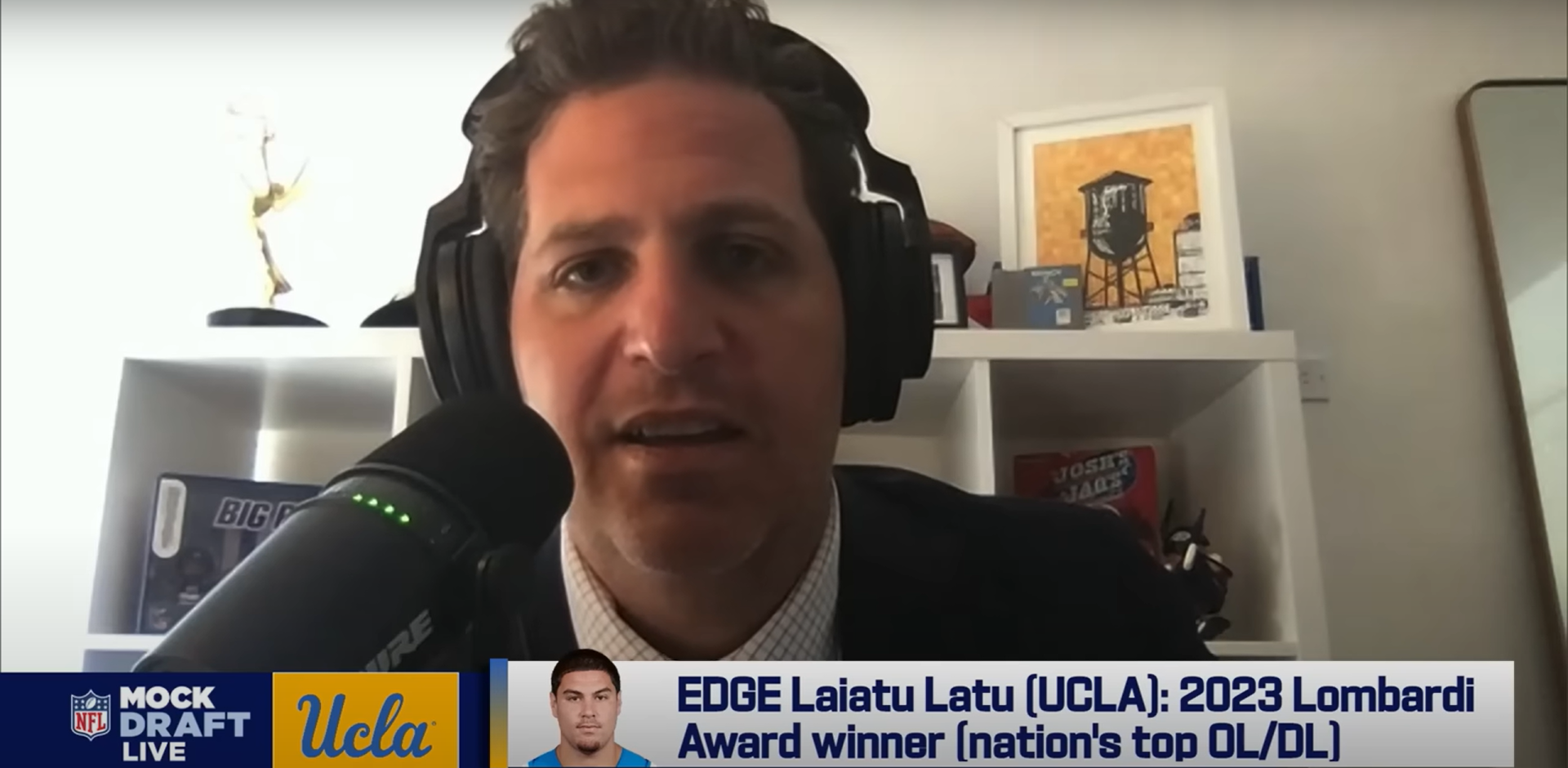Black people have been playing hockey longer than the National Hockey League has been in existence. For some viewers, that will be just one surprising revelation in the new documentary Black Ice.
The Colored Hockey League of the Maritimes was established in 1895, making it the first professional hockey league. Eddie Martin of the Halifax Eureka is credited with inventing the slapshot. One would think that with such a tradition the present-day NHL would be a more welcoming place.
Black Ice, directed by Hubert Davis, digs deep into what it’s like for Black hockey players who love a game that often doesn’t love them back. The documentary features interviews with current and former players, including Anthony Duclair, P.K. Subban, Matt Dumba, Wayne Simmonds, Akim Aliu, Saroya Tinker, and Sarah Nurse. They and others have heart-breaking stories about confronting racism. Some of their stories date back to before they were teenagers.
Among the major sports, none is less inclusive than hockey. The raw data reflects a stark reality. According to an NHL report released last October, 83.6% of its workforce is white and only 3.74% is Black.
It’s difficult to find the exact number of active Black players. According to a USA Today story from last year, the NHL does not keep official statistics on the racial makeup of teams. However, Kim Davis, the NHL Executive Vice President of Social Impact, said that 54 players were Arab, Asian, Black, Latino, or Indigenous.
Whatever the number is, it represents a tiny fraction of the over 700 players who occupy roster spots on the 32 franchises. When you’re a Black NHL player, you are a minority in the truest sense because often you’re the only Black person on the team. In those conditions, racism overtly and covertly can exist.
Black Ice paints a thoughtful picture. Beginning with how many Blacks migrated to Canada to escape slavery in the United States. Canadians are often portrayed as polite counterparts to the U.S. But prejudice has no borders. The lack of opportunities due to the color of your skin is worldwide. And in Canada, that meant Blacks were kept out of the nation’s most popular sport for a long time.
It wasn’t until 1958 – a decade after Jackie Robinson broke the color barrier in Major League Baseball – that Willie O’Ree became the first black player to appear in an NHL game. Black Ice gives O’Ree his due but also pays homage to Herb Carnegie who should have been the first but was denied by Maple Leafs owner Conn Smythe who refused to sign the then 18-year-old phenom because he was Black. Smythe reportedly said: “‘I would take Carnegie tomorrow for the Maple Leafs if someone can turn him white.’”
UNIFYING AMERICA: The Boston Bruins have paid tribute to Willie O’Ree, who was called the “Jackie Robinson of Hockey” when he became the first Black player in the NHL in 1958. The Bruins gave O’Ree the highest honor a team can give an athlete last night by retiring his number. pic.twitter.com/HGhU19seBh
— CBS Evening News (@CBSEveningNews) January 20, 2022
The problems of the past exist today. Some of the most jarring tales in Black Ice are recent. Racial epithets from the crowd, slurs from the opposition, and vicious comments and jokes from teammates and coaches. One of the most profound moments in the documentary is the story of Canadian teenager Mark Connors.
Connors, a Black goalie from Nova Scotia, was subject to racist taunts and slurs during a tournament in 2021. Seeing the pain on his face is incredibly moving.
The biggest takeaway from Black Ice is how hockey has been slow to properly address systemic racism. The sport preaches that no one is above the team. But how does that apply to those individuals who are often a minority of one in their own locker rooms?
Black Ice’s executive producers include LeBron James, Drake, and Maverick Carter. It is currently only available in theatres.






